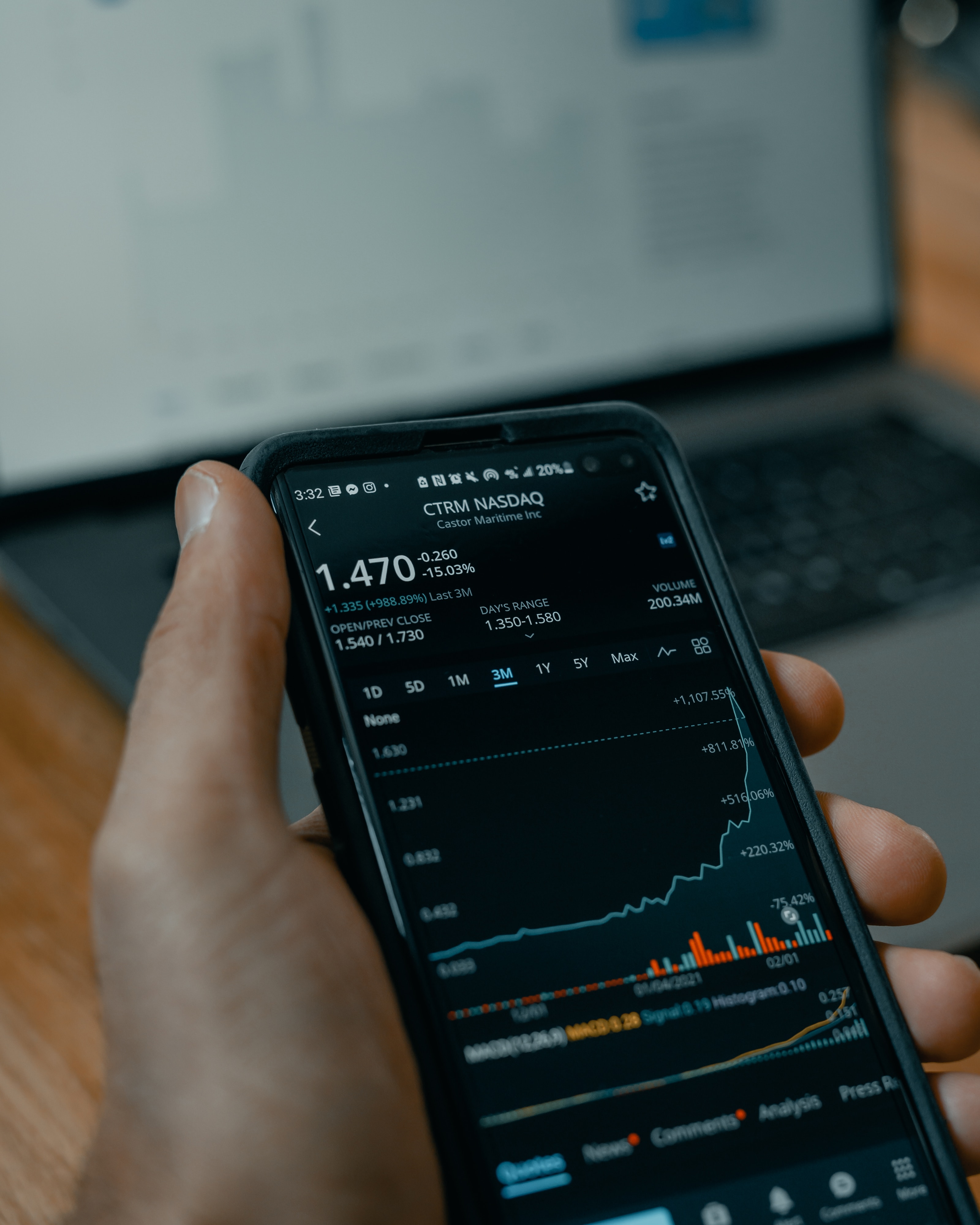An In-depth Look At Derivatives And Their Role In Risk Management

Author: Brett Hurll Sept 05, 2023
To understand the intricate dynamics of financial markets, one mustn't overlook the indispensable role of derivatives. "An In-depth Look at Derivatives and Their Role in Risk Management" provides a comprehensive platform to understand the breadth and depth of financial derivatives and their multidimensional functions in risk corridors.
Derivatives can be simply understood as financial contracts whose value relies on underlying assets such as stocks, bonds, commodities, currencies, interest rates, and market indices. They play a significant role in risk management, essentially providing a financial safety net through measures like hedging - a practice consonant with addressing potential price movements and ensuing financial risks.
The realm of derivatives is rich with variants such as options, futures, swaps, and forwards. Options provide the opportunity to buy or sell an asset without obligation, while futures constitute an absolute commitment to buy or sell. Swaps involve exchanging one kind of payment for another, and forwards operate as private agreements between two parties to buy or sell assets at a future date. These variants, each with distinctive characteristics, operate on the principles of derivatives trading rooted in managing risk, understanding volatility, arbitrage, and speculation.
Derivatives play multiple roles in financial markets – enriching them with liquidity, aiding in price discovery, and influencing market volatility. Through derivatives, assets can be traded more frequently and with less capital, thus nourishing market liquidity. Price discovery, the process of identifying prices for assets based on supply and demand, is gratified by their use as well. And while their relationship with market volatility might seem inversely proportional at times – with people using derivatives to hedge against volatility – in actuality, they can influence price fluctuations too.
Explores their intricate relationship with risk management strategies, derivatives are used to identify, manage, and alleviate financial risks through hedging, converting uncertain future prices into known fixed prices. Specially, risk can be attenuated by eliminating the potential losses that could emerge from adverse price changes.
Despite the numerous recesses of advantages offered by derivatives, they aren't entirely immune from critiques. The potential for risk magnification, their role in sparking the global financial crisis, and issues with valuation and transparency carve significant concerns. While derivatives are used to manage and reduce risk, they can surge it, making the financial system more vulnerable. During the 2008 financial crisis, derivatives indeed played a conspicuous part. Furthermore, problems in accurately valuing them and the lack of visibility into these financial instruments concoct challenges for investors and market watchers alike.
In light of these concerns, regulatory measures are proactively employed to supervise the use of derivatives and risk management practices. Policies to control market abuse, maintain fairness, and protect investor interests; the role of regulatory bodies in supervising, regulating, and enforcing laws; and significant legislations like The Dodd-Frank Act, implemented after the global financial crisis to oversee the derivatives market and prevent systemic risks, all contribute to comprehensive governance.
Derivatives are integral financial instruments with a pivotal role in risk management. Their complexities and capabilities, notwithstanding the critiques and concerns, make them indispensable in today’s financial milieu. As we foresee future trends in this field, the continuous evolution and innovation of derivative instruments become evident alongside a proactive and robust regulatory system ensuring effective risk management.
The Penny Drops: Understanding The Complex World Of Small Stock Machinations
Micro-cap stocks, often overlooked by mainstream investors, have recently garnered significant attention due to rising c... Read more
Current Economic Indicators And Consumer Behavior
Consumer spending is a crucial driver of economic growth, accounting for a significant portion of the US GDP. Recently, ... Read more
Skepticism Surrounds Trump's Dollar Devaluation Proposal
Investors and analysts remain skeptical of former President Trump's dollar devaluation plan, citing tax cuts and tariffs... Read more
Financial Markets In Flux After Biden's Exit From Presidential Race
Re-evaluation of ‘Trump trades’ leads to market volatility and strategic shifts.The unexpected withdrawal of Joe Bid... Read more
British Pound Poised For Continued Gains As Wall Street Banks Increase Bets
The British pound is poised for continued gains, with Wall Street banks increasing their bets on sterling's strength. Th... Read more
China's PBoC Cuts Short-Term Rates To Stimulate Economy
In a move to support economic growth, the People's Bank of China (PBoC) has cut its main short-term policy rate for the ... Read more

